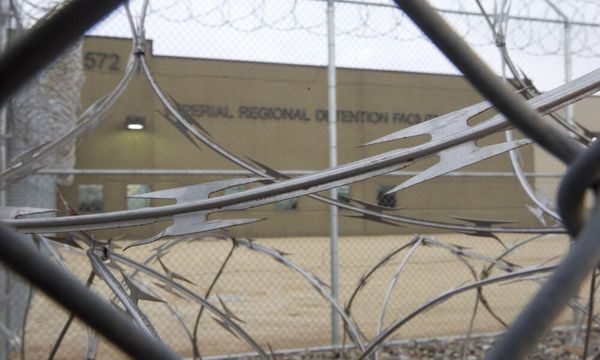
The International Energy Agency (IEA) has said that financing for clean energy in developing and emerging economies – excluding China – must increase seven-fold within a decade if global warming is to be capped at tolerable levels
In a report released this Wednesday, the IEA said that in order to meet COP21 climate goals, annual investment for clean energies in developing countries will need to jump from €700 billion to nearly €2 trillion.
Speaking to journalists on Tuesday, IEA executive director Fatih Birol stressed that "Financing clean energy in the emerging and developing world is the fault line of reaching international climate goals."
The intergovernmental agency's report comes on the eve of a two-day summit for a New Global Financing Pact in Paris, which seeks to galvanise support for revamping the mid-20th century architecture governing financial flows from rich to developing nations.
This morning, we launched a new joint report with @IFC_org on Scaling Up Private Finance for Clean Energy in Emerging & Developing Economies 📢
— International Energy Agency (@IEA) June 21, 2023
Don't miss this short thread from our Executive Director @fbirol running through the key findings ⬇️ https://t.co/ek7eNrXxHh
Developing countries over-reliant on fossil fuel
Speeding the transition from dirty to clean energy, and helping the Global South cope with and prepare for devastating climate impacts are high on the summit agenda.
Virtually all of the nearly 800 million people lacking electricity and the 2.4 billion without access to clean cooking fuels are in poor and emerging countries.
The IEA has warned that under current policy trends, one third of the rise in energy use in these nations over the next decade will be met by burning fossil fuels, the main driver of global warming.
According to Birol, "Clean energy investments is increasing gradually – this is a good news."
"The bad news is that more than 90 percent of that increase in clean energy since the Paris Agreement in 2015 comes from advanced economies and China."
"Only 10 percent comes from the emerging and developing countries," he added. "We need to change this trend."
We'll officially launch the @IEA-@IFC_org report on private finance for clean energy in emerging & developing economies tomorrow at the Summit for a New Global Financing Pact convened by 🇫🇷 President @EmmanuelMacron
— Fatih Birol (@fbirol) June 21, 2023
The report is freely available now ⬇️ https://t.co/CBMRgpfnIE
Solar energy the cheapest option
With China included in the calculation, private and public money pouring into renewables and other forms of carbon neutral energy will need to more than triple from €700 billion in 2022 to about €2 trillion per year by the early 2030s.
Investment must remain at those levels until the mid-21st century to help keep Earth's average surface temperature "well below" two degrees Celsius – and 1.5°C if possible – the Paris climate treaty's binding and aspirational targets, respectively.
The report, however, underlines that the potential for rapidly ramping up renewable energy is there.
At least 40 percent of the global solar radiation reaching the planet lands on sub-Saharan Africa, and solar energy is now the cheapest source of electricity generation across almost the entire world.
And yet, nearly ten times more solar energy capacity was installed last year in China – some 100 Gigawatts – than across the entire African continent.
Birol noted that tropical sub-Saharan Africa generates less solar electricity than the Netherlands.
According to the report, two-thirds of the finance for clean energy projects in emerging and developing economies excluding China will need to come from the private sector.






